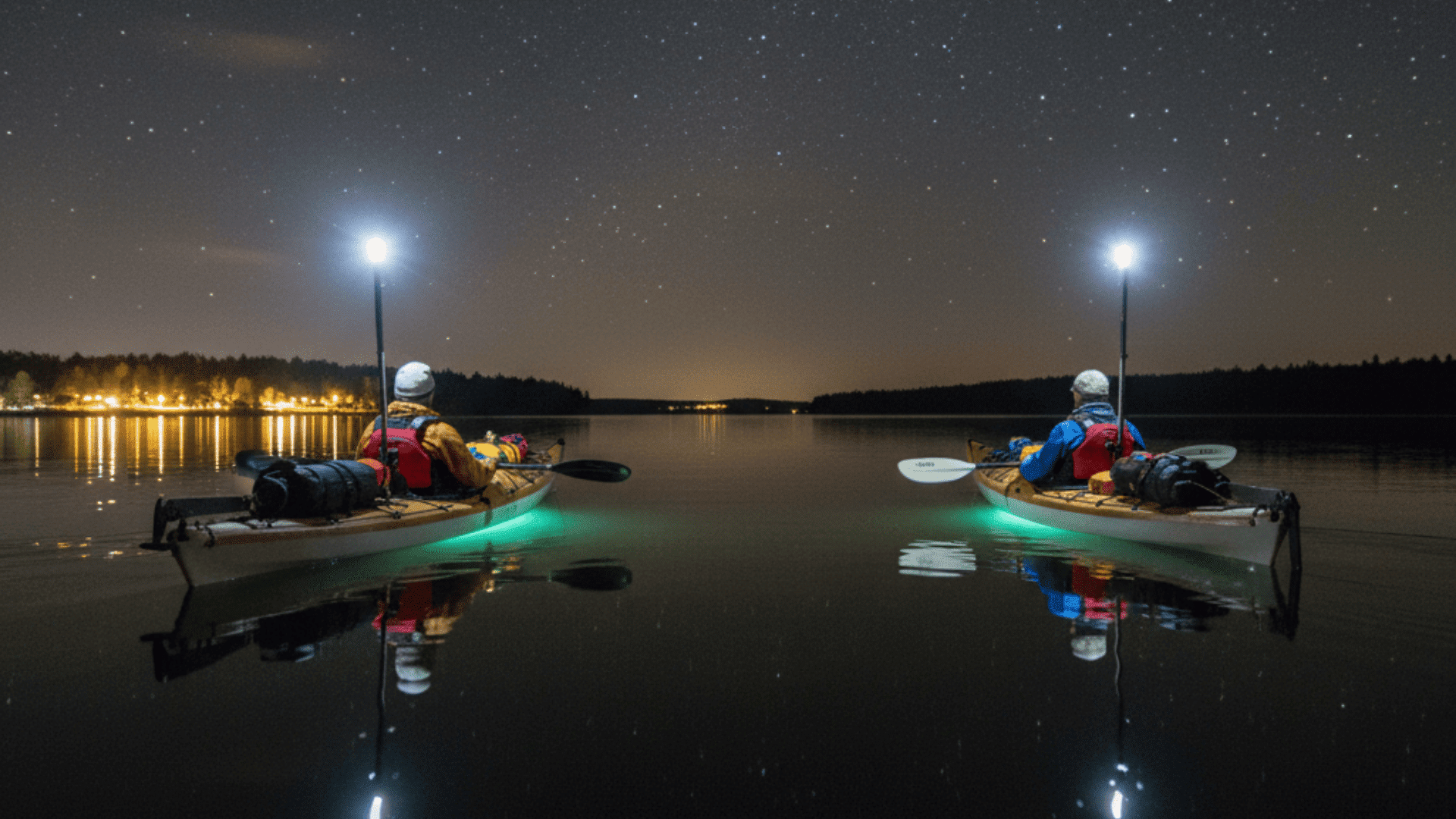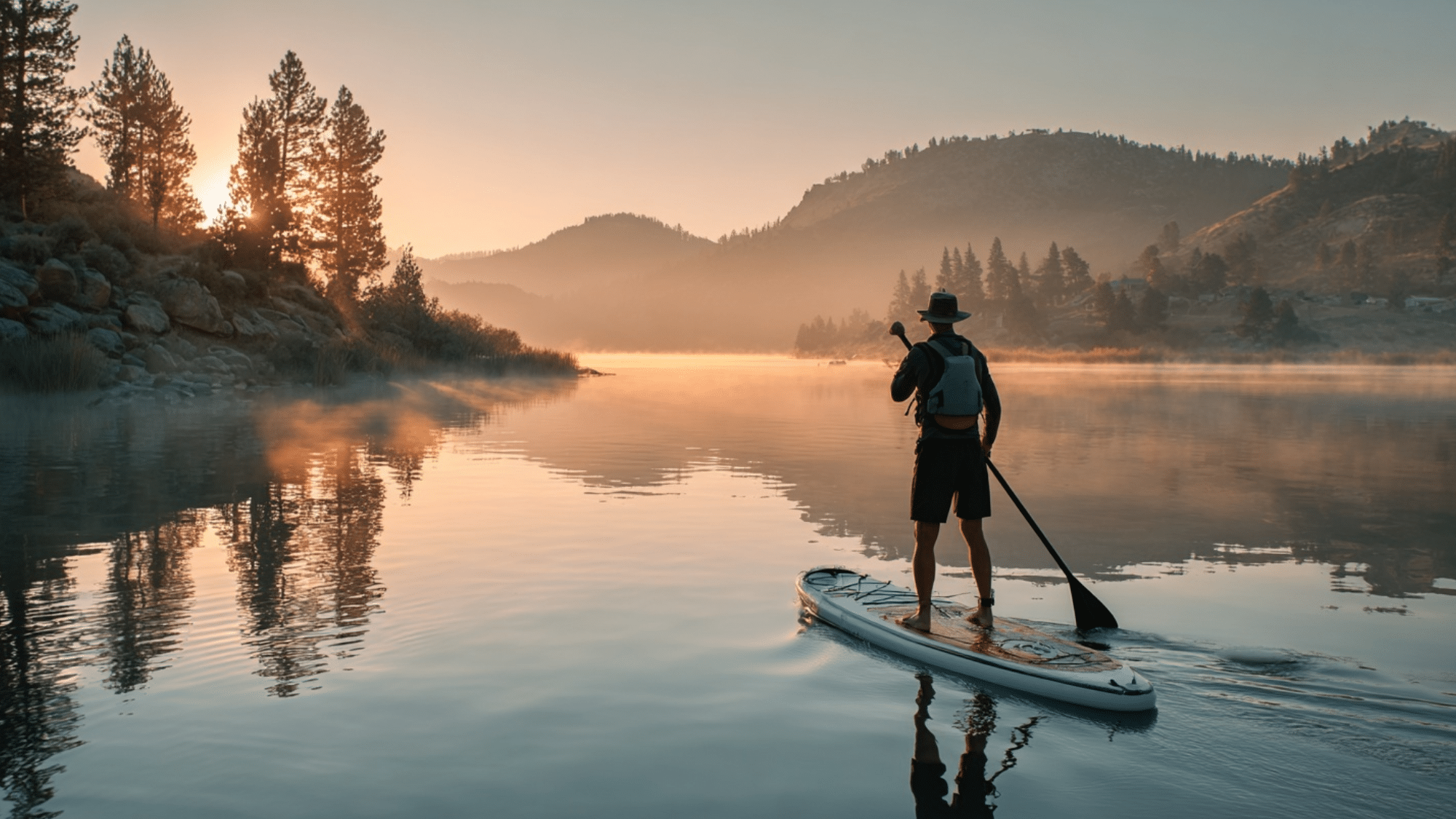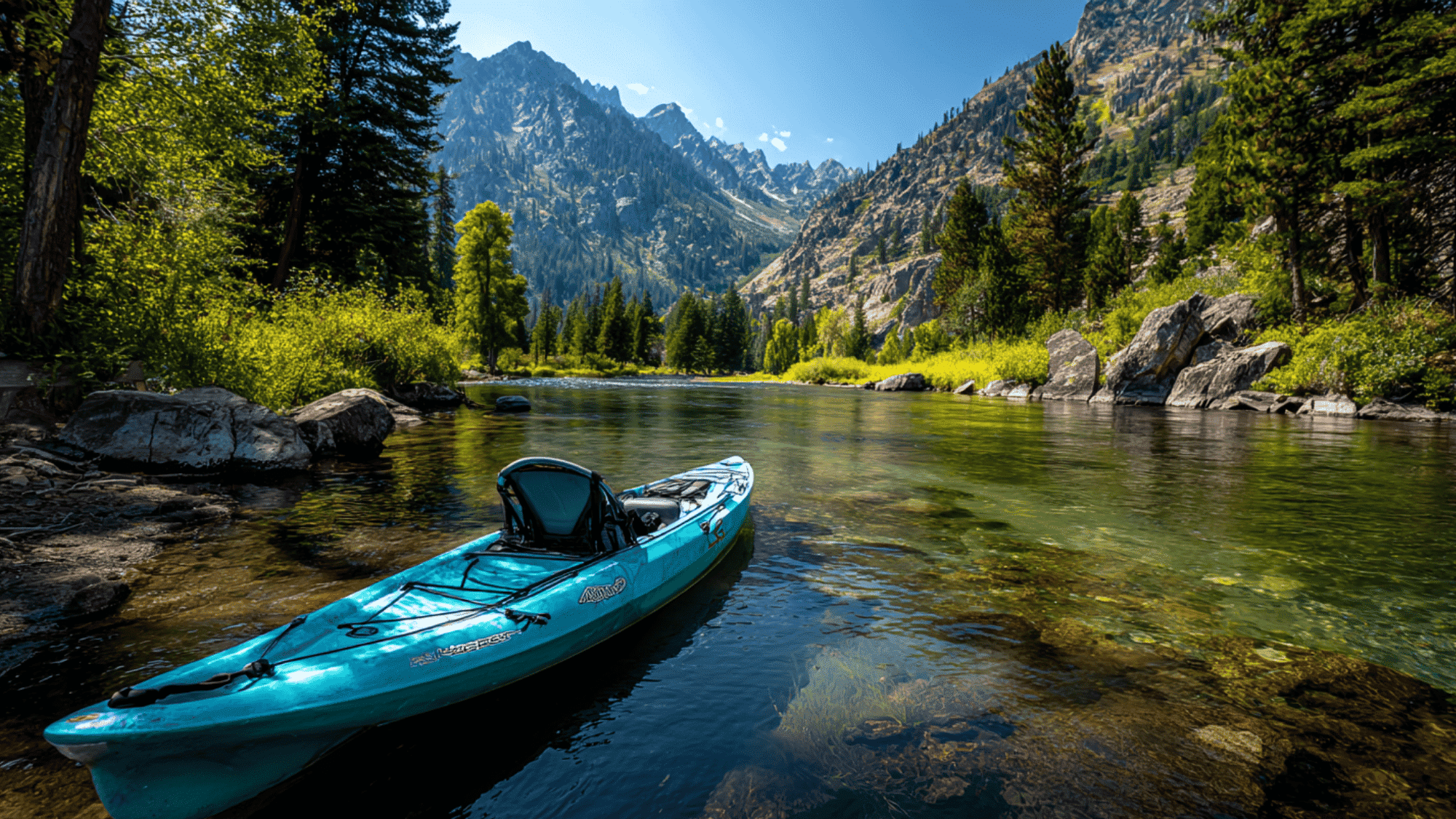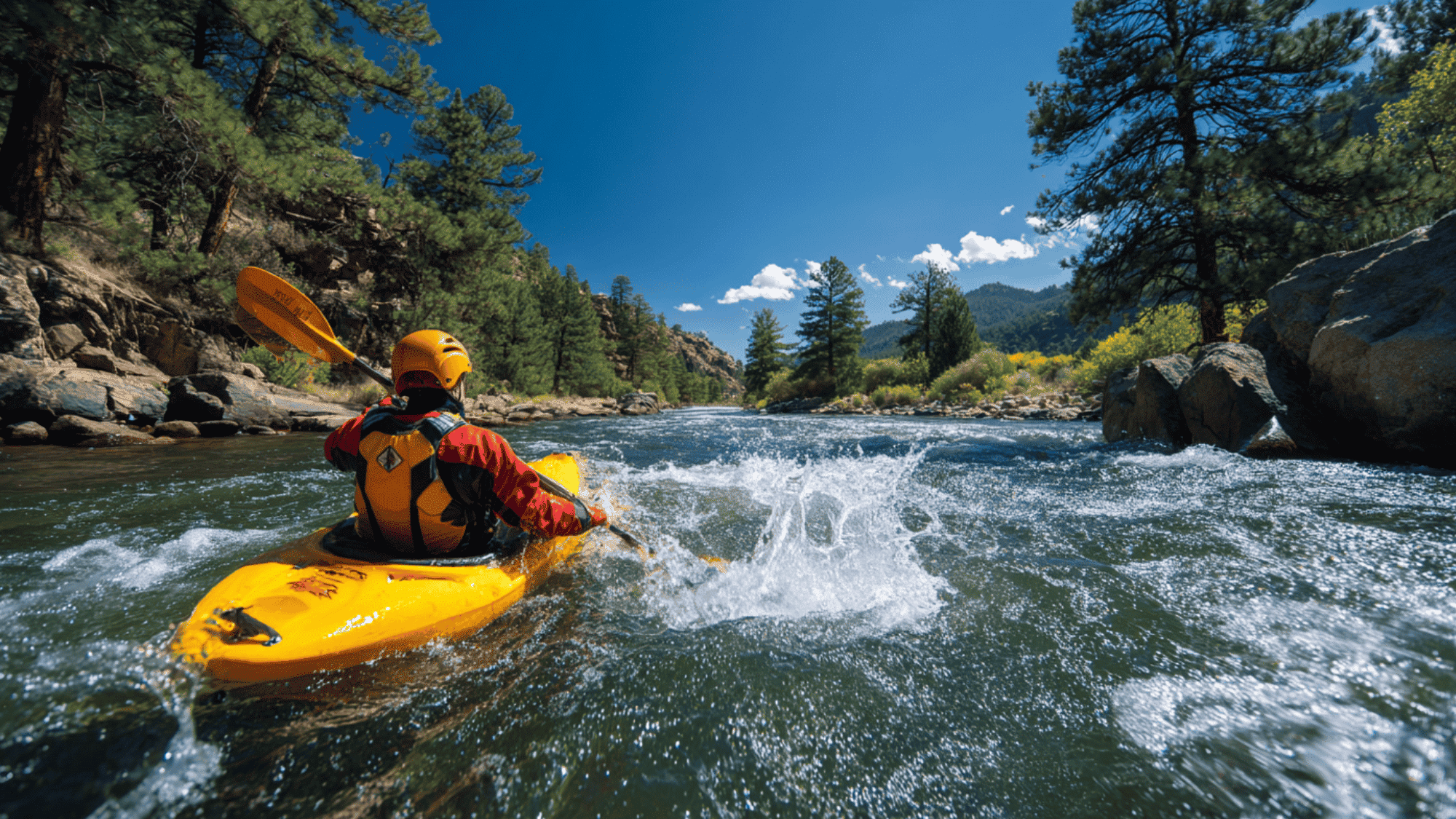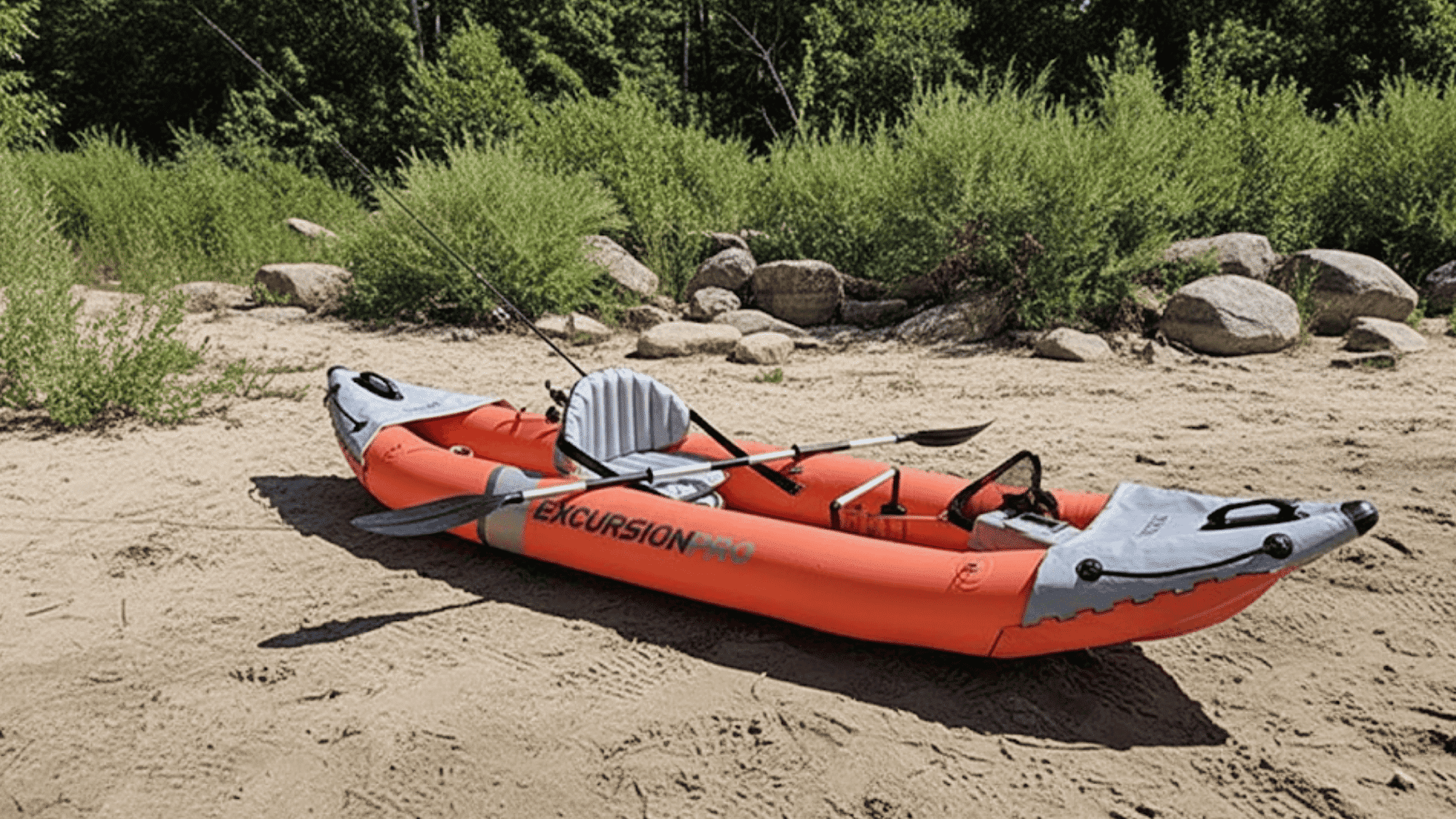When I first heard about Oru Kayaks, I was both curious and a little doubtful. A kayak that folds up like origami and fits in the back of my car?
It sounded too good to be true. I live in a small space and don’t have a roof rack, so storing or transporting a regular kayak always felt impossible.
That’s what made me finally give the Oru Kayak a try. After spending time on Oru kayak fishing in the water with it, I have a lot to say, both about the aspects I loved and the parts that could be improved.
In this review, I’ll share my experience with the Oru Kayak, from carrying and setting it up to its actual performance on the water.
What Made Me Choose the Oru Kayak
Buying an Oru Kayak wasn’t an impulse decision. For years, I wanted a kayak of my own, but two big issues always stopped me: storage and transportation.
Living in a small apartment meant I had no space for a bulky, hard-shell kayak. On top of that, I don’t own a roof rack, so the idea of strapping a kayak to my car was unrealistic.
Every time I thought about buying one, I convinced myself it would be more trouble than it was worth.
That changed when I found Oru Kayak. The foldable design immediately grabbed my attention. It packs down into a box I could easily carry and tuck into a closet. Suddenly, the storage problem didn’t seem impossible anymore.
I also loved the idea of throwing it in my trunk for spontaneous weekend trips without a big setup. Honestly, part of the draw was curiosity, too. A kayak that folds? I had to see if it actually worked.
Unboxing the Oru: What Surprised Me Right Away
When my Oru Kayak first arrived, the box itself was surprisingly compact. I had to remind myself that an entire kayak was inside.
Carrying it inside was easy enough, though I immediately noticed it wasn’t “feather light,” just much lighter than a traditional kayak.
Here’s what stood out to me while unboxing:
- Build Quality: The polypropylene panels felt tough and more rigid than I expected. Not flimsy at all.
- Accessories: The box included straps, a seat, and small parts neatly packed. Nothing felt cheap or “toy-like.”
- First Surprise: The smell of new plastic and the stiff folds made me wonder if bending it back and forth often would wear it out, but it felt solid.
- Size & Portability: It looked more like a suitcase than a boat, which instantly made me feel confident about storage.
Overall, my first impression was a mix of curiosity and relief. It didn’t feel like a gimmick; it actually felt like real gear.
My First Setup Experience
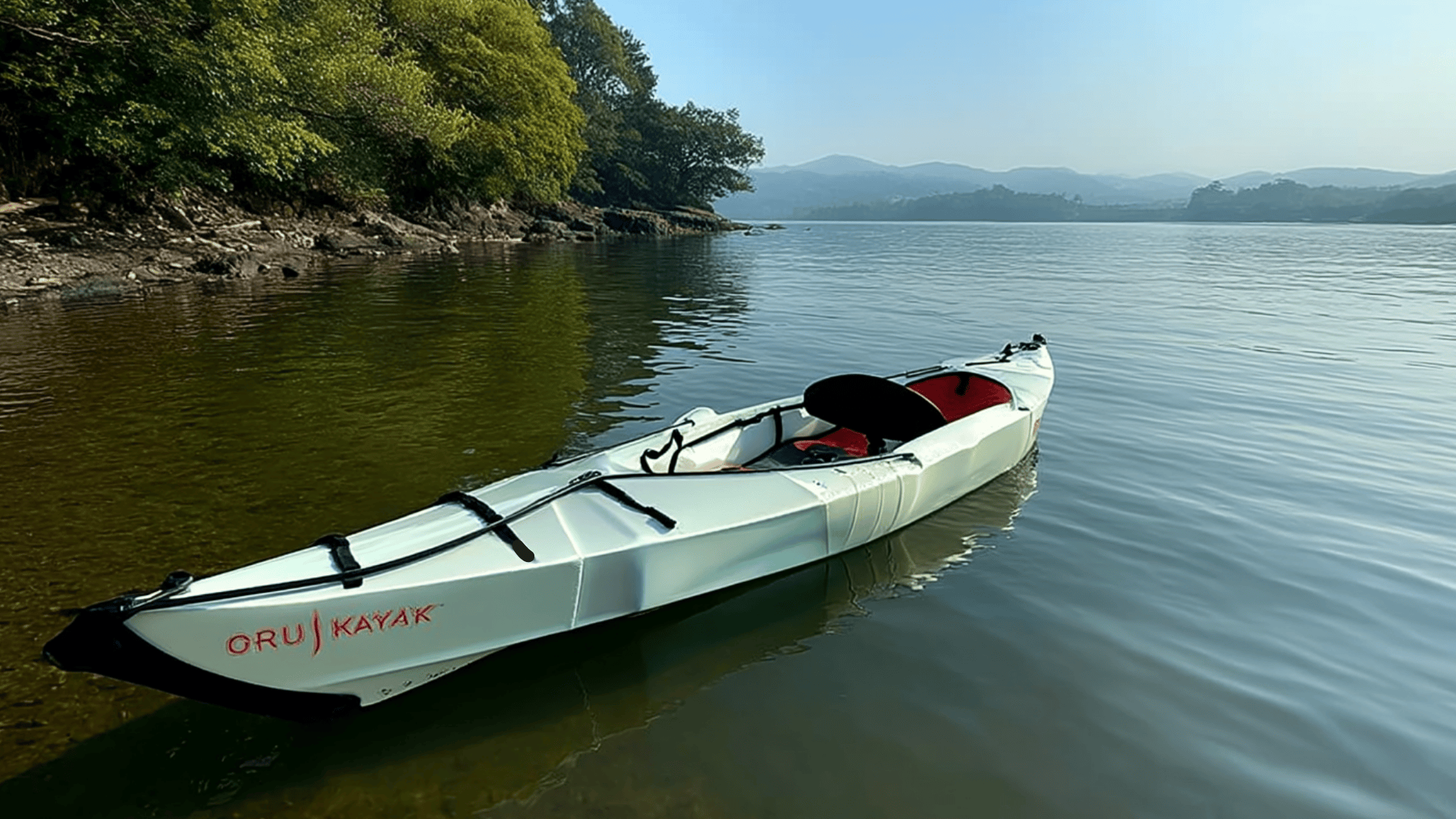
Unfolding and setting up the Oru Kayak was difficult the first time. I’ll be honest, it took patience and a bit of trial and error.
The panels are stiff, the straps need to be tightened in the right order, and the cockpit area must snap just right.
- First Attempt: About 35–40 minutes. I had the manual open the entire time, and some of the folds were tricky to align.
- Second Attempt: Around 20 minutes. Once I knew where everything clicked, it got faster.
- Now: I can usually get it water-ready in 10–15 minutes without rushing.
Things that helped me:
- Watching Oru’s official setup video before trying it.
- Practicing indoors before heading to the water.
- Noticing that straps and buckles tighten better when the kayak is slightly warmed by the sun (the material gets more flexible).
By the third try, the process started to feel less like origami and more like muscle memory. It went from a frustrating puzzle to a satisfying pre-paddle ritual.
On the Water: How It Performed
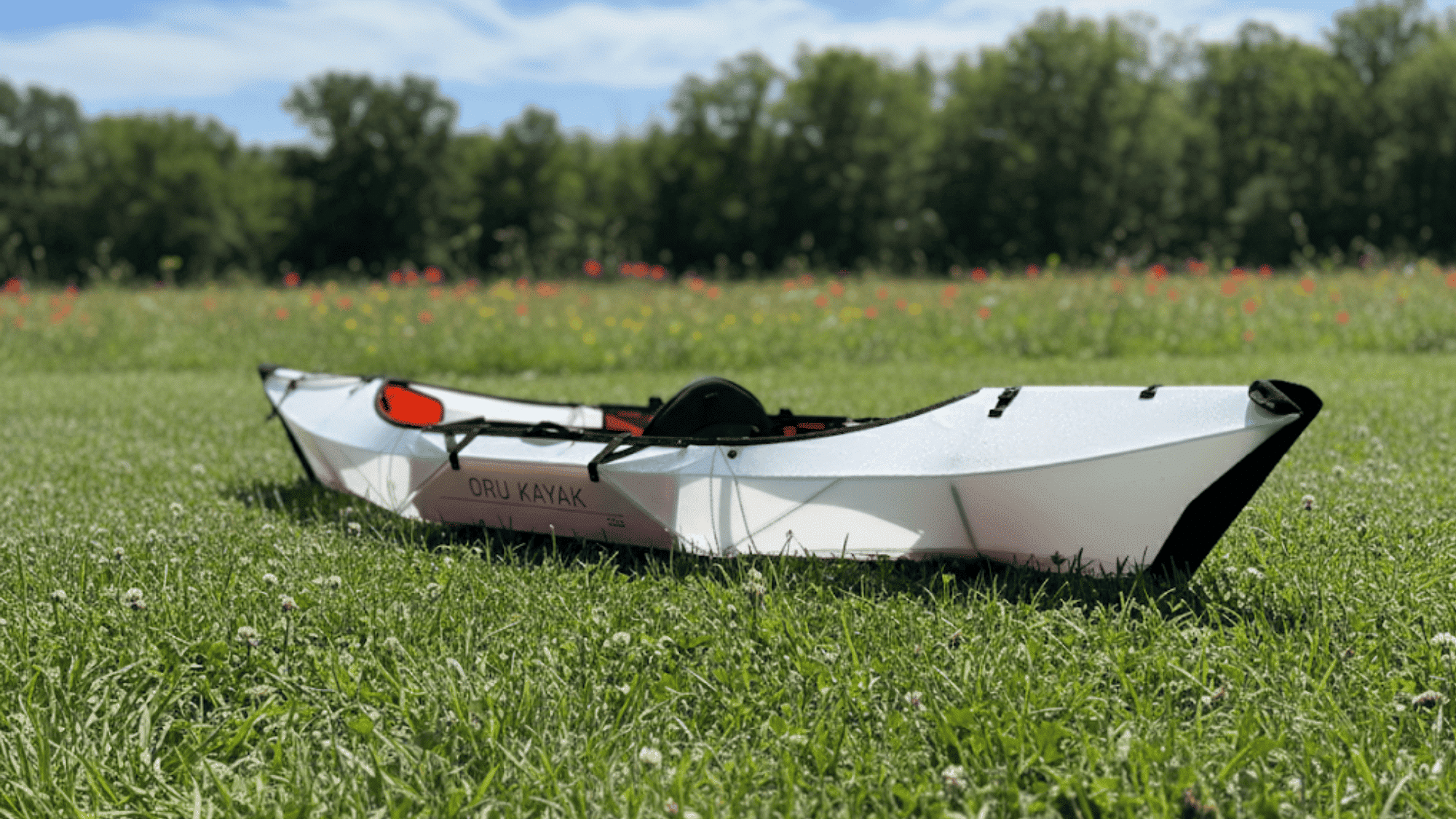
When I finally got my Oru Kayak on the water, I was honestly excited and a little nervous. Would it actually feel like a “real” kayak or more like a floating experiment?
After a few trips in calm lakes and light chop, here’s how it stacked up for me:
1. Tracking
On calm water, the kayak tracked fairly well. Shorter models needed some extra correction, especially when I used quicker strokes.
However, longer and smoother paddling helped it glide straighter without much effort. It wasn’t flawless compared to longer hard shells, but it gave me enough control to feel confident about where I was headed.
2. Stability
Stability was better than my expectations. On flat water, the kayak felt secure, and I never worried about tipping.
In light waves, there was a bit of wobble, but nothing that made me uneasy. It wasn’t built for rougher conditions, but for relaxed paddling on lakes and slow rivers, the stability felt perfectly reliable.
3. Speed & Maneuverability
The Oru Kayak isn’t built for speed records, but it moved smoothly and felt nimble on the water. It could easily turn and adjust direction, which made it fun to paddle in tighter spaces.
While it didn’t have the glide of a touring kayak, it struck a nice balance between responsiveness and ease of use.
4. Comfort
For the first hour, the kayak was comfortable. The seating is functional, but after extended paddling, I started to notice the thin seat padding.
By the end, I found myself wishing for extra cushioning. For casual trips, it’s fine, but longer outings definitely benefit from an upgraded seat pad or added support.
Built to Last? My Take on Durability & Care
One of my biggest questions before buying the Oru Kayak was simple: Will this thing really hold up after folding and unfolding so many times?
The idea of a “paper-like” kayak made me skeptical. After several paddles, I can say the material feels tougher than expected.
The kayak is made from corrugated polypropylene, the same type of plastic used for outdoor signs. It’s rigid, scratch-resistant, and waterproof.
I’ve dragged it over sand and gravel, bumped into a few rocks, and even folded it back up while damp. So far, no tears, no major scratches, and nothing that made me nervous.
Maintenance has been easier than I thought:
- Rinse it with fresh water after every trip.
- Let it air dry before folding it up.
- Occasionally, wipe the folds to keep them from trapping dirt.
With basic care, you can see this kayak lasting for years. It doesn’t feel fragile; it feels reliable.
Where the Oru Fell Short for Me
Even though I’ve really enjoyed using my Oru Kayak, there are a few things that didn’t completely win me over. The biggest challenge was the setup process.
My first attempts were clumsy and time-consuming, and while it does get easier with practice, I wouldn’t call it effortless. Another drawback for me was the comfort level.
The seat padding is fine for short trips, but once it passed the one-hour mark, I started wishing for more support.
Performance-wise, the kayak shines on calm water, but in windy or slightly choppy conditions, it doesn’t track quite as straight or feel as steady as a traditional hard-shell kayak.
Finally, there’s the price. It’s definitely more expensive than basic inflatable kayaks, and while the design and portability justify the cost, it might feel high if you only plan to paddle occasionally.
My Final Verdict on the Oru Kayak
Looking back on my time with the Oru Kayak, I can honestly say it gave me something I didn’t think was possible: a real kayaking experience without the hassle of storage or transport.
It’s not flawless, and there are aspects that bothered me, such as the steep learning curve for setup and the limited comfort on longer outings.
But the freedom it gives me outweighs those downsides. I love that you can keep it tucked in my closet, toss it in my car for a weekend trip, and be on the water within minutes.
If you’ve been holding back from kayaking due to space or transportation issues, I’d definitely encourage you to give Oru a try. You might be surprised at how much it changes your paddling life.





